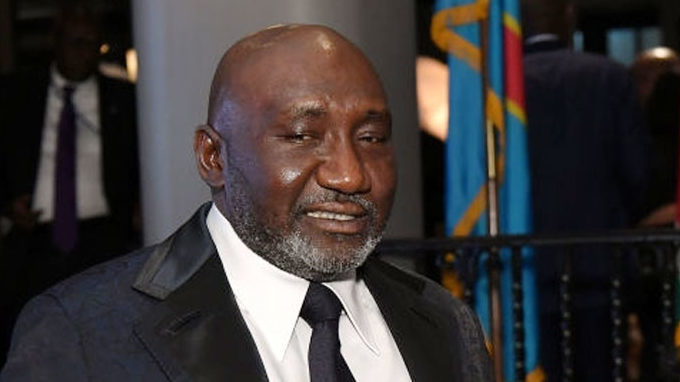The Nigerian Institute of Public Relations (NIPR) has debunked a viral claim suggesting that the newly commissioned Bola Ahmed Tinubu flyover and underpass exchange in Lafia, the Nasarawa State capital, had collapsed.
Describing the viral image as a product of artificial intelligence (AI) manipulation, the Institute condemned the circulation as a deliberate act of disinformation aimed at misleading the public and eroding trust in Nigerian engineering expertise.
Speaking during an on-site inspection of the infrastructure in Lafia, Vice President of the NIPR and Vice Chairman of its Governing Council, Prof. Emmanuel Samu Dandaura, reaffirmed the Institute’s commitment to strengthening national information integrity, media literacy, the enthronement of a fact-checking culture, and civic engagement—especially among young Nigerians.
Noting that fake news poses a serious threat to the country’s reputation and democratic governance, the don explained that Nigeria is home to some of the finest engineers in the world, adding that “we will not stand by while their professional credibility is eroded by false narrative.”
He added, “What we have seen here in Lafia is an engineering masterpiece, designed and executed by Nigerian professionals, including Governor Abdullahi Sule, who is himself a distinguished engineer.”
Dandaura explained that a reverse image search of the viral photo revealed that it had been previously circulated as a collapsed flyover located in Bihar, India, on July 19, 2025.
The Institute confirmed that the result of its forensic investigation shows that the image was 99 percent AI-generated and bore no resemblance to the actual structure in Lafia.
Dandaura noted the following striking differences between the viral image and the structure in Lafia:
“The AI-generated image shows a flyover with single pillars and two arms, whereas the Bola Ahmed Tinubu Flyover in Lafia features twin pillars with four arms,” he said. “In addition, the latter is lined on both sides with marble walls. These are clear and observable structural distinctions which leave us in no doubt that there is no relationship whatsoever between the two structures.”
The NIPR expressed serious concern over the reputational harm that such fabricated content could cause, not only to the Nasarawa State Government, but also to the broader image of Nigerian professionals in the civil engineering and construction industry.
It warned that unchecked disinformation weakens public confidence in national institutions.
“This is not just mischief, it is disinformation designed to cause panic, scare investors, and win cheap political gains at the expense of the unsuspecting public. It has the potential to inflict grievous damage on our engineers, policymakers, and development institutions. NIPR will continue to challenge and correct any conduct that undermines Nigeria’s reputation at home or abroad,” NIPR added.
The Institute further announced its plans to scale up media literacy campaigns and enhance digital fact-checking skills, particularly among Nigerian youths who are most exposed to online misinformation and disinformation.
Accompanying Professor Dandaura on the inspection were members of the Institute and the Nigeria Reputation Management Group, including Professor Okey Ikechukwu, mni, Dr. Muhammad Kudu Abubakar, and renowned actor Francis Duru. They echoed the call for greater digital responsibility, stronger verification mechanisms, and public education to combat the growing menace of fake news.






